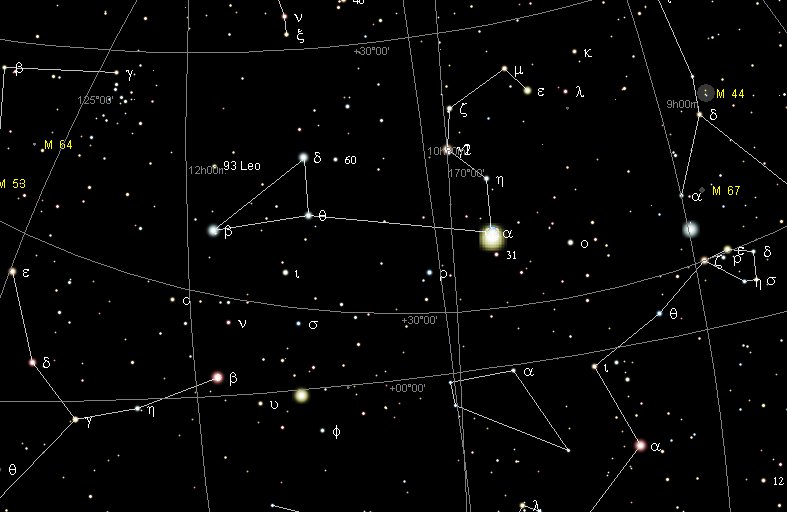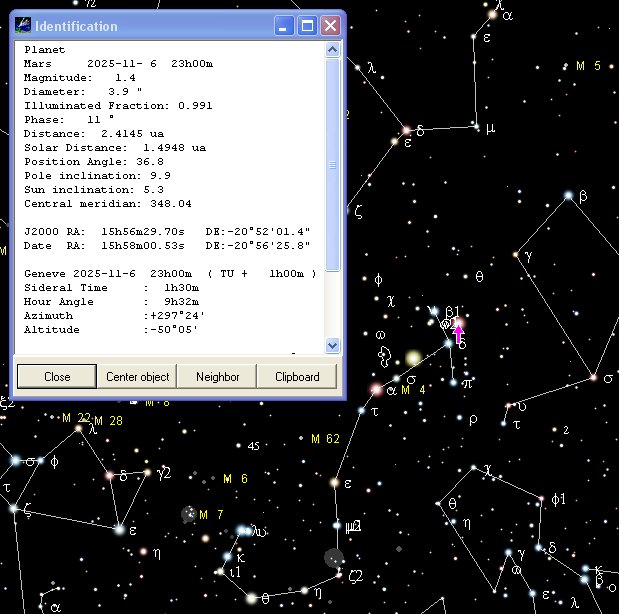173. What force of mind must stone age people have had. Looking around they would perceive stones possibly suitable for creating tools, and then they would carefully examine the object, although most often finding it not exactly measuring up to all the sought after standards. However, once in a while they would find the proper stone to carry home. Later, at the proper time, they would reexamine the stone and imagine in detail what it would look like as a finished tool, like taking snapshots from all different angles in their mind. Only after that could the chipping away begin. Working, working, it is finished. People who were capable to do this would get a great advantage among the survival of the fittest. And then they could use their marvellous holographic minds also in other situations, for instance when studying the stars in the night sky. The same skill of perceiving the whole in detail in their minds would here be very helpful. ... 'Most ingenious Thoth', said the god and king Thamus, 'one man has the ability to beget arts, but the ability to judge of their usefulness or harmfulness to their users belongs to another; and now you, who are the father of letters, have been led by your affection to ascribe to them a power the opposite of that which they really possess. For this invention will produce forgetfulness in the minds of those who learn to use it, because they will not practise their memory. Their trust in writing, produced by external characters which are no part of themselves, will discourage the use of their own memory within them. You have invented an elixir not of memory, but of reminding; and you offer your pupils the appearance of wisdom, not true wisdom, for they will read many things without instruction and will therefore seem to know many things, when they are for the most part ignorant and hard to get along with, since they are not wise, but only appear wise.' Now that Plato's apprehensions have become fact, there is nothing left of the ancient knowledge except the relics, fragments and allusions that have survived the steep attrition of the ages ... We have found the date August 23 AD 2023 'was designed to be' (as if by chance) where the planet Mars should reach Alaraph (the Unarmed star, β Virginis):
In my old astronomy book this star is named Zavijah (Corner):
But in the modern Gregorian Sun calendar the proper star here ought to be 93 Leonis - high up and with the right ascension fraction zero (*178.0 according to my assumed era for rongorongo):
Notably all these 3 stars - 93 Leonis, Denebola, and Alaraph (Zavijah) - are presumably not very fixed ('not quite dead'), because they are not very far away (they are marked white in my old astronomy book).
52 (= 780 - 2 * 364) days later - i.e. in day 258 (August 23) + 52 = 310 = November 6 - the retrograde Mars diagram above suggests another cardinal point (Corner Stone). In the year AD 2025 the planet Mars will here be at the head of the Scorpion:
|

.jpg)



